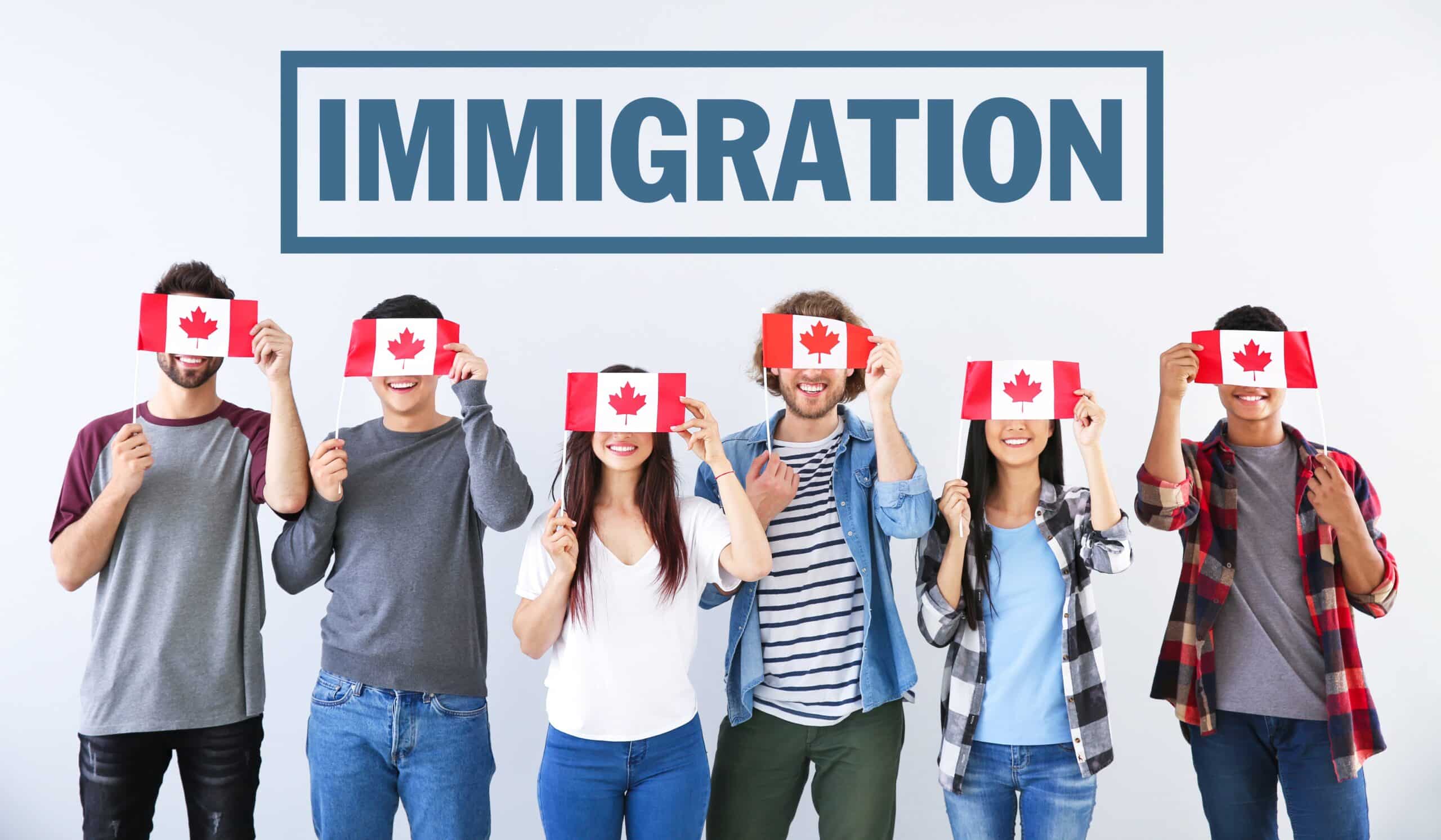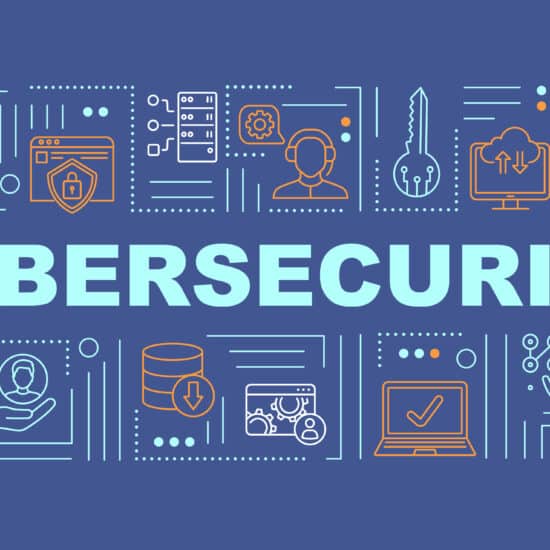
15 Ways to Immigrate to Canada from Another Country
There are more than 100 immigration programs in Canada each with its own requirements and procedures to follow. All you need to do is go through all the many ways to immigrate to Canada from another country in our compiled detail list and the one that is suitable for you.
The things you need to do when you are interested in moving to Canada is to take these 3 steps:
- Check your eligibility or improve your profile, by checking the requirements of the programs you are interested in.
- Check the cost associated with the pathway you have chosen and prepare for it.
- The next step is to follow the due process, arrange the necessary documents and apply.
ALSO READ: How to Apply for Canadian Study Permit Yourself
There are many programs/pathways in Canada, so this post is to guide you on the one to pay attention to.
There has been a delay in Canadian immigration since COVID-19 started. Therefore the decision to go to the USA, UK, and other Countries has been the only option foreign nationals can adopt.
In case you fall into the category of immigrants, there are still some ways you can move to Canada from any destination you are currently:
1. The Express Entry Program
Canada started the Express Entry system in 2015, it is an electronic system used to process permanent residence applications for skilled workers who are interested in settling down in Canada permanently. Through the program, thousands of candidates are invited every year through the sub-categories of the Express Entry System.
This is the most popular program for permanent residence applications in Canada because it doesn’t require you to have a job offer in Canada before you can apply.
Prepare yourself to get into the pool and other ways to improve your score.
2. Provincial Nomination Programs (PNPs)
This program is for skilled, educated workers who also have work experience history, someone who just want to live in that province or want to become permanent residents in Canada. PNPs serve two major purposes.
- PNPs can be used to increase your express entry score. If you are nominated as an express entry applicant, it adds extra 600 scores to your express entry score.
- Even though you do not have an express entry profile, you can still use this program to immigrate to Canada. There are some provinces in Canada that have separate nomination routes that are not the same. They bring foreign nationals to Canada as permanent residents through this program.
Every province/territory in Canada has its own streams and requirements for immigration services that target certain groups. For example, during a program stream provinces/territories may target
- Business people
- Skilled workers
- Students
- Semi-skilled workers
3. Strategic International Recruitment by Provinces
So many provinces in Canada have different strategic international recruitment programs across the globe in other to look for global talents. This event is not done in Canada alone but it also happens in other countries like the USA, the UK, Asia, and Europe. I bet you wouldn’t want to miss such opportunities.
There are two categories that applicants can apply for under this stream:
- Engineering Occupations Category
- Compulsory and Optional Trades Category
You will fit in perfectly with your work experience and education from one of these other countries, and with the skills required by the employers in the provinces you want to apply to. some of the popular websites for some of the recruitment events are:
- New Brunswick International Recruitment. Click here
- Saskatchewan International Healthcare Worker pool. Click here
- Quebec International Recruitment. Click here
- New Brunswick Job Connector. Click here
- Saskatchewan Hard to Fill Skills Pilot. Click here
You can come to Canada as a worker if you were able to get a job through any of these recruitment programs, and this will put you on the pathway to being a permanent resident in any of the provinces.
4. Atlantic Permanent Residence Immigration Program
As mentioned earlier there is another Permanent Residence Program in Canada aside from the Express Entry Program. Initially, this program started as a 3-year pilot program but now it has been made permanent.
It is a pathway program that allows skilled foreign workers and international graduates from a Canadian institution to become permanent residents who can work and live in Canada’s 4 Atlantic provinces like New Brunswick, Nova Scotia, Prince Edward Island, or Newfoundland and Labrador. The program really gives room for employers to employ competent and qualified candidates for jobs they have not been able to occupy locally.
This program is to increase employment rates, support population growth, and develop a skilled workforce in the Atlantic region.
The best part about the program:
- You can get a work permit to come to Canada when you get a job offer, while you are processing your permanent residence a the same time.
- The proof of financial standing/funds for the program is very low.
- The IELTS required for this program is CLB 4-5.
5. The Rural and Northern Immigration Program (RNIP)
RNIP was started a few years ago by the Government of Canada, the program is similar to the Atlantic Immigration program mentioned above.
Unlike the Atlantic program, the RNIP is for 11 selected communities in various parts of Canada. The people that are eligible to apply are foreign nationals who have the ability to be economically established and intend to reside in the selected communities.
You need to get the community endorsement, and job offer, and also proceed to apply for a permanent residence or a temporary work permit with it.
The best part about the program:
- There are dedicated websites where the 11 communities advertise jobs and actively attract foreign workers.
- You can get a work permit to come to Canada when you get a job offer, while you are processing your permanent residence a the same time.
- The proof of financial standing/funds for the program is very low.
- The IELTS required for this program is CLB 4-5.
If you want to know more about the process of this program, Check the available information on the Government website here
6. Temporary Foreign Worker Program
TFWP allows Canadian employers to hire foreign workers to fill temporary and permanent jobs that can allow people to work in Canada for only 6 months, with the possibility of extensions.
You will need a job offer from an employer before you can benefit from this program and then apply for a work permit after you have processed the Labour Market Impact Assessment (LMIA).
They can live in Canada where their job is and must follow Canadian laws. When a worker’s work permit and visa are about to expire, he or she can apply for an extension or leave Canada and return to their home country.
Other requirements to be eligible for the program:
- Job offer from an employer in Canada
- Proof of funds to finance your stay or family’s stay in Canada and funds to go back to your home country.
- Prove of clean criminal record
7. The Global Talent Stream
The GTS aims to make the work permit process easier for certain Canadian employers, allowing them to compete on a global scale.
Employers who are successfully approved through the program can use the Global Skills Strategy to speed up the hiring of foreign nationals.
This program is also for employers in Canada that are looking to hire highly skilled foreign workers, who can fill positions in occupations in the Global Talent Occupations list.
The targeted occupations of this program are:
- Computer and information system managers.
- Computer engineers(except software engineers and designers)
- information systems analysts and consultants
- Mathematician and statisticians
- Software engineers and designers
- Database analysts and data administrators
- Web designers and developers
- Computer network technicians
- Computer programmers and interactive media developers
- Producers, technical, creative, and artistic director, and project manager – Visual effects and video game
- Digital media designers
- Information system testing technicians
Read more about the requirements for each occupation here.
if you have skills in any of the occupations above, you can look at the Global Talent Stream to come to Canada.
The best part about the program:
- No IELTS required
- After one year, you can use your work experience from the program to apply for permanent residence in Canada.
- 80% of the time, Global Talent Stream applications are processed within 10 business days.
If you want to know more about the process of this program, Check the available information on the Government website here
8. Global Skills Strategy (Post-Doctoral Researchers and Academic Hiring) Programs
Employment and Social Development Canada (ESDC)/Service Canada and Immigration, Refugees and Citizenship Canada (IRCC) have developed special hiring criteria in collaboration with universities, degree-granting colleges, and unions representing Canadian academics.
These programs allow universities and colleges to hire Post-Doctoral students from other countries to work as temporary foreign workers in Canada. This is beneficial for students who have completed their Ph.D. in another country and wish to pursue their Post-Doctoral studies in Canada.
Once you get a PostDoc position, you can apply for a work permit that allows you to come to Canada with your family and you can use your work experience to apply for permanent residence in Canada after one year.
The best part about the program:
- IELTS is not required
- You can use your work experience to apply for permanent residence in Canada after one year.
- The processing time for Global Skills Strategy applications is processed within 2 weeks. Here is how to get the 2-week processing.
ALSO READ: HOW TO STUDY IN CANADA WITH 2:2 GRADES/HND
9. Study in Canada
You can apply to study in Canada from anywhere in the world, regardless of where you currently live. This applies to all levels of study.
For example, if you have a Master’s Degree from the United Kingdom, the United States, or another country, you can come to Canada for a Ph.D., a second master, or any other program.
The advantage of studying in Canada is that you will be eligible for more permanent residence programs that those who are not in Canada are not eligible for.
10. Pathways for Caregivers
It is for those that have caregiver experience and want to immigrate to Canada, there are dedicated pathways. These routes are open to both temporary and permanent residence applications.
These are the programs to look into if you have prior experience as a caregiver. More information can be found here.
11. Federal Start-up Program
The Federal Start-up Visa program enables you to immigrate to Canada by establishing a business and creating jobs, or by assisting innovative entrepreneurs.
The Start-up Visa Program in Canada seeks immigrant entrepreneurs who have the skills and potential to establish businesses in Canada that:
- are innovative
- capable of creating jobs for Canadians
- can compete on a global scale
Do you have an innovative business concept? If one of the designated organizations supports your idea, you may be able to immigrate to Canada.
So, if you started a business in your home country and want to expand globally or relocate to Canada, this is your chance to do so and become a permanent resident. More information about the program can be found here.
12. Provincial Entrepreneur Programs
There are business/investor programs for business owners or those who want to start businesses in any province in Canada, similar to the Federal Start-up Visa program.
The ten provinces of Canada have different requirements for people who want to start a business in their province and use it as a way to get permanent residency. Pay close attention to the amount of money to invest and the expected net worth.
13. Agri-food Pilot and Agri-worker Program
The Agric-Food Pilot assists in meeting the labor needs of the Canadian agricultural-food sector.
The pilot program offers experienced, non-seasonal workers in specific industries and occupations a path to permanent residence. It will be available until May 2023.
To apply for permanent residence under the Agri-Food Pilot, you must have at least one year of eligible Canadian work experience. In addition, you must have a job offer for full-time, nonseasonal work in an eligible agricultural industry.
neat product manufacturing (NAICS3116)
animal production, excluding aquaculture
cattle ranching and farming (NAICS 1121)
hog and pig farming (NAICS 1122)
poultry and egg production ( NAICS 1123)
sheep and goat farming ( NAISC 1124)
other animal production (NAICS 1129)
greenhouse, nursery, and floriculture production, including mushroom production ( NAICS 1114)
In other to get the necessary Canadian work experience. You can originally come to Canada through the Seasonal Agricultural Worker Program (SAWP), This enables employers to use temporary foreign workers (TFW) when there aren’t any available Canadians or permanent residents.
14. Spousal or Family Sponsorship Programs
The country encourages family reunification, which is one of Canada’s positive traits. And there are numerous sponsorship programs to reconnect with family members in Canada temporarily and permanently.
You can join your spouse if they are studying in Canada with the help of the spousal open work permit. For this, you don’t need a job offer; you can learn more about it here. You can join your spouse as a permanent resident in Canada if they are already a citizen or permanent resident of the country. It is not necessary to have a job offer, work experience, IELTS, or a degree assessment in order to qualify for this.
Canadian citizens have the ability to sponsor their spouse, partner, or dependant children to immigrate to Canada permanently. Here is where you may learn more details about this.
Therefore, if someone in Canada has been showing interest in you and you are afraid of the distance, perhaps this is your green light to stop worrying and go shoot your shot or accept the shot they have been shooting at you with your chest
There is a program that enables Canadian citizens and permanent residents to adopt an orphaned sibling, niece, nephew, or grandchild. Many people are unaware of this intriguing example. And you can learn more about the specifications here.
15. Visit Work Permit Policy
As part of the COVID-19 Emergency Measure, Canada allows foreign nationals visiting the country to look for jobs as visitors and submit an application for a work permit to switch from visitor to work permit without leaving Canada.
If you are successful in obtaining a Canadian Visitor Visa—which I strongly advise you to do—you can utilize it as a short-term route to travel to Canada, meet with local employers, secure a job offer, and submit an application for a work permit.
The public policy took effect on August 24, 2022, and the eligibility requirements were broadened to allow any tourists who are in Canada with legitimate temporary residence status to apply inland for an employer-specific work visa, regardless of when they arrived. The public policy will remain in effect until February 28, 2023.
You can learn more about the Government website here.
Although the 15 immigration routes described here represent just a small fraction of the many routes to relocate to Canada, they are useful beginning points for people who are interested in moving to Canada after living, studying or working in the USA, UK, or other countries. So, you have to plan, follow the due process, and be patient.
Finally, out of all the programs mentioned in this article, you can explore anyone to immigrate to Canada from another country. If you want to start your Canada application and you needed a professional team to handle it for you. kindly click here
ALSO READ: HOW TO USE A 1-YEAR STUDY PROGRAM TO STAY BACK IN CANADA





